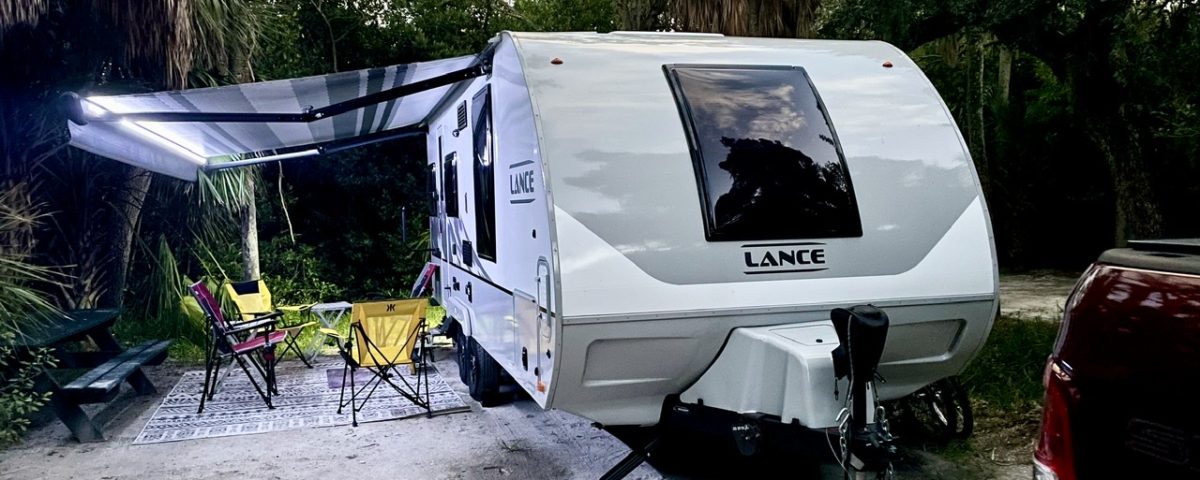Windmills of Kinderdijk
I didn’t know much about windmills before we visited Kinderdijk
as part of a Viking River cruise. I knew that they were a symbol of the Netherlands and had a general idea how they looked, but that was the extent of it.
This was the first stop on our cruise and it was very memorable. We disembarked our ship, crossed a quiet street, walked down a short path, and entered a historic area that is much like it was hundreds of years ago.

Kinderdijk is about an hour’s drive from Amsterdam, but it evokes a feeling of a very different place—very rural and rustic. I learned that most of the land in the area is about two meters below sea level. Windmills enabled the people to live on this low-lying land over 700 years ago.
Currently, there are 19 circa 1740 windmills on site that are approximately 128 feet tall. At least one windmill is always keep operating.
The Tour
Our tour guide was Peit, a retired English teacher who was born in the Kinderdijk area. He is a volunteer and was a great guide because he was wonderfully enthusiastic about the windmills and very proud of the history of the area.

It was a beautiful walk to the windmills. They stood majestically in the distance with the one lone windmill spinning in the wind. Along the way, there were many paths to walk or bike. It was very cloudy day, but thankfully, no rain.

Pumping Stations
Later, residents replaced the windmills with a pumping station, the Weisboom, built in 1868. It was originally steam powered, but they later replaced it with an electric engine.

Eventually, additional pumping capacity was added with a second pumping station.

The Cat’s Cradle
The monument below was in the water near the windmills. It is to pay tribute to a legend that dates back to 1421 and a great flood. The cat was said to be jumping back and forth to keep the cradle with a baby inside from toppling over. There are various versions of details of the story. Also, Dutch children give their pet kittens new collars on St. Nicolas Day to honor the cat.

Reeds for Roofs
Reeds were and still are abundant in the area. They played an important role in the construction of the windmills because the thatch roofs on the structures were made from them.

Active Windmill
The tour allowed visitors to get very close to the active museum windmill and to go inside if desired.

We crossed over to the other side of the structure, beyond the spinning blades. The wind was whipping them through the air with a big whooshing sound. Though we knew we out of the reach of the blades, it was slightly scary walking under them.

The Interior
Whole families lived in the windmills during a time when families were usually very large. Those who took care of the mill were called millwrights.

It must have been challenging to find a sleeping spot for each family member.

The kitchen was rather compact.

The first floor was furnished in a manner similar to how it would have been when the water was controlled by the windmills.

The second floor was more narrow and the shaft was in the center.

There was no access to the top floor, but we could see it.

We learned that people currently live in these windmills, but, they are more modern inside. At least one member of the household must have a miller’s degree to take care of it.
Some Local Hydrangeas
The flowers below were on the pathway to the windmill museum. I like to remember pretty things along the way.

In Conclusion
This tour brought a different time and place alive for me. It was a fabulous start to our river cruise. If interested in the beginning of this trip, check out a post about our extension in Amsterdam.


